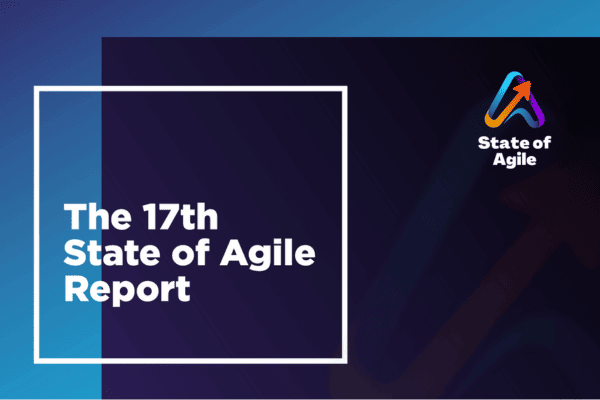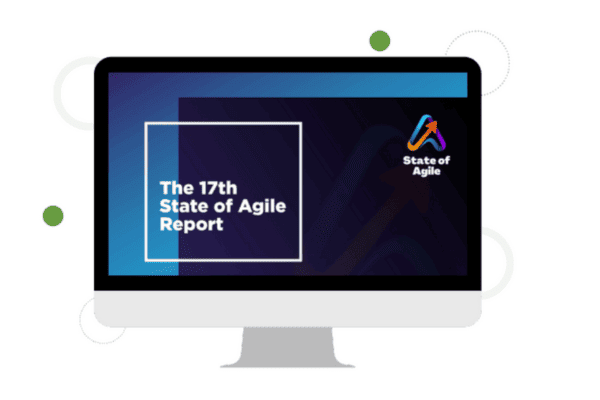Are you ready to scale your enterprise?
Explore
What's New In The World of Digital.ai
Comprehensive Guide to Mastering Agile Workflows
Discover the importance of agile workflow management for project success. Learn how Digital.ai’s AI-powered solutions streamline processes & drive innovation.
Mastercam Enhances Efficiency and Decision-Making with Digital.ai Agility
Explore how Mastercam’s Agile transition with Digital.ai Agility streamlined collaboration and boosts collaboration & innovation in manufacturing.
Hardly, Strictly Agile
Recap Agile webinar: CEO Scrum Inc. JJ Sutherland, Sr. Manager at Greenway Health, Matt Anderson, and Scrum & Release Prcoess Manager at Mastercam, Mike Crivello.








